Xbox Series S review: The next-gen starter pack
It’s cute, but storage space is going to be a real issue.

The Xbox Series S is, hands-down, the cutest console of the next generation. It’s also the least powerful. The Series S can hit resolutions above 1080p, but it doesn’t support 4K gaming and it has significantly less storage than the Xbox Series X or PlayStation 5. And, of course, it doesn’t have a disc drive.
That said, the Series S is a formidable next-gen console that happens to be wrapped up in an adorable package.
Xbox Series S
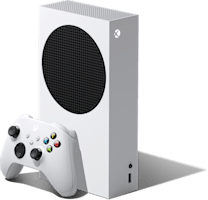
Pros
- Compact design
- Improved game performance
- Huge backward-compatible library
Cons
- No 4K gameplay
- Limited storage capacity
- Lower-quality backward-compatible games
Hardware
Let’s start with a deep dive into those cute guts. The Series S has a 4 teraflop GPU, 10GB of RAM, and a 512GB internal SSD. In practice though, the console has 362GB of free space out of the box, with the difference lost to pre-loaded software and background functions. The Series S is capable of hitting resolutions of 1440p and supports variable refresh rates up to 120 fps, though don’t expect many games to do both at the same time. For most titles, the sweet spot is going to be 1080p and 60 fps.
The console is roughly the size of a shoebox: 10.8 inches long, about six inches wide, and 2.5 inches deep, weighing about 4.25 pounds. It’s meant to lay horizontally, with a large black circle covering the fan on top and two additional vents on its small side panels. Notably, the fan itself is whisper-quiet, especially when compared to the PlayStation 4, my main console this generation.
There are four tiny pads on one of the short sides of the Series S, ostensibly for vertical storage, but this arrangement feels like a bad idea. Not only does it make the base precariously thin, but this actually places one of the vents on the bottom of the console, where it’s sure to generate extra heat.
The Series S shares design DNA with the Xbox Adaptive Controller, and that’s really no surprise. Microsoft’s goal with the Adaptive Controller was to build a stylish, functional gamepad for people with disabilities, one that seamlessly blends in with traditional gaming hardware. Design-wise, the Series S is essentially an Adaptive Controller cut in half, meaning they’ll look natural together in anyone’s living room.
Speaking of controllers: The gamepad that ships with the Series S is a slightly tweaked version of the wireless Xbox controllers we know and love. It runs on two AA batteries and holds a charge as long as existing Xbox gamepads, lasting three-ish days with regular use for me. Microsoft added a small share button to the center of the gamepad, and the D-pad is a complete circle, similar to the Elite. Otherwise, it’s fully matte, with light texturing on the grips and the bases of the triggers and bumpers. The new Xbox controller is sturdy and light, and if anything, the rumble power has been turned up a half notch compared with current models.
On the rear of the Series S, there are ports for ethernet, HDMI 2.1, a Seagate expansion card, the power cable, and two for USB 3.1 connections. There’s an additional USB 3.1 port on the front of the console, beside the Bluetooth pairing button. Each port on the back of the console is placed above a unique set of Braille-like bumps, making it easier to tell them apart by touch alone. It’s incredibly convenient.
Storage expansion is critical to the Series S, considering the relatively low amount of space built into the console. Microsoft partnered with Seagate to release a custom, 1TB expansion card that mirrors its next-gen architecture, allowing players to boot up games directly from the card and still take advantage of its fresh features, including Quick Resume, faster load times and performance enhancements on old games. The expansion card also works with the Series X, which ships with 802GB of free space.
The Series S also supports external HDD storage via USB 3.1, but only for backward compatible titles, and games played from these sources aren’t optimized for the new console. Basically, if you have an HDD filled with Xbox One games, they’re going to look like Xbox One games on the Series S, too, unless you install them to the box’s internal SSD.
The Seagate expansion card costs $220, which is just $80 cheaper than the Series S itself. But, it works as advertised. There’s no discernable difference between playing a game from the Seagate expansion card or internal storage.
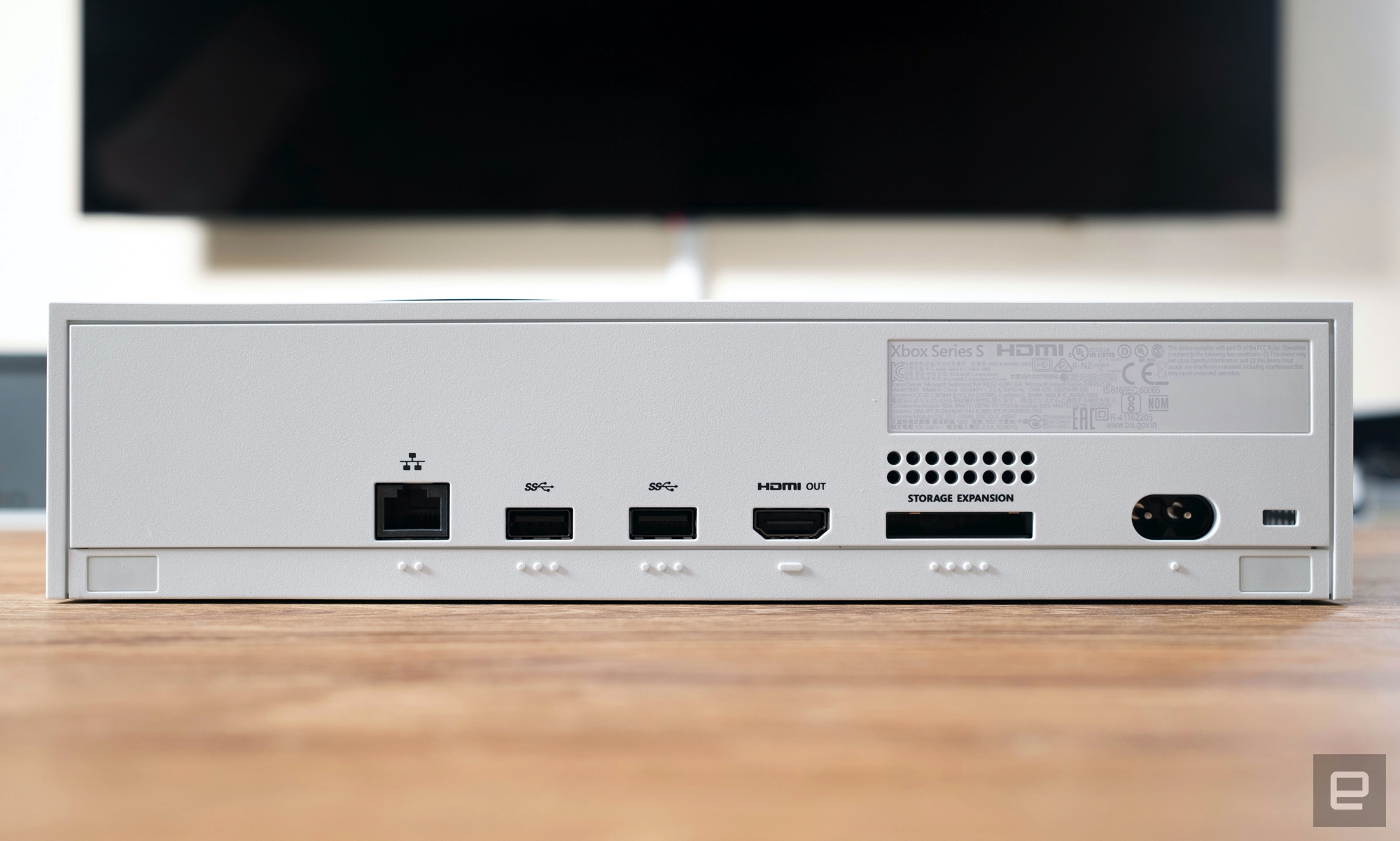
Software
I was able to get 13 games and 23 apps on the Series S before I had to break out the Seagate. That’s impressive, but it’s also just a snapshot. The Series S has 362GB of free space at launch, and titles can run anywhere from a dozen to 100GB. A game like Call of Duty: Warzone, for example, clocks in at over 100GB, which eats up close to a third of the box’s storage on its own. Thankfully, streaming apps like Netflix and YouTube usually take up less than 100MB each.
The boot-up process encourages players to download the Xbox mobile app, which makes it easy to sign in and set up the console from your phone. Even though the console doesn’t support gaming in 4K, it can play video in 4K, so set-up includes both 4K and HDR calibration prompts.
When I tested out the Series X, it automatically asked me to link the console to my home’s Google Assistant or Amazon Alexa network, but this screen didn’t show up during my time with the Series S. Regardless, there’s an option to link the console to a voice assistant network in Settings, and that’s the first thing I did. I can’t stress this enough: I love yelling at my appliances.
And then I started playing games.
There’s no way around it, some titles look worse on Series S than on Series X — or PlayStation 5, for that matter. The Series S doesn’t play in 4K, and the difference is noticeable in games like Yakuza: Like a Dragon, which hits 1440p and 30 fps, or 900p and 60 fps. The lighting effects in Ori and the Will of the Wisps appear less delicate on the Series S, even on the menu screen.
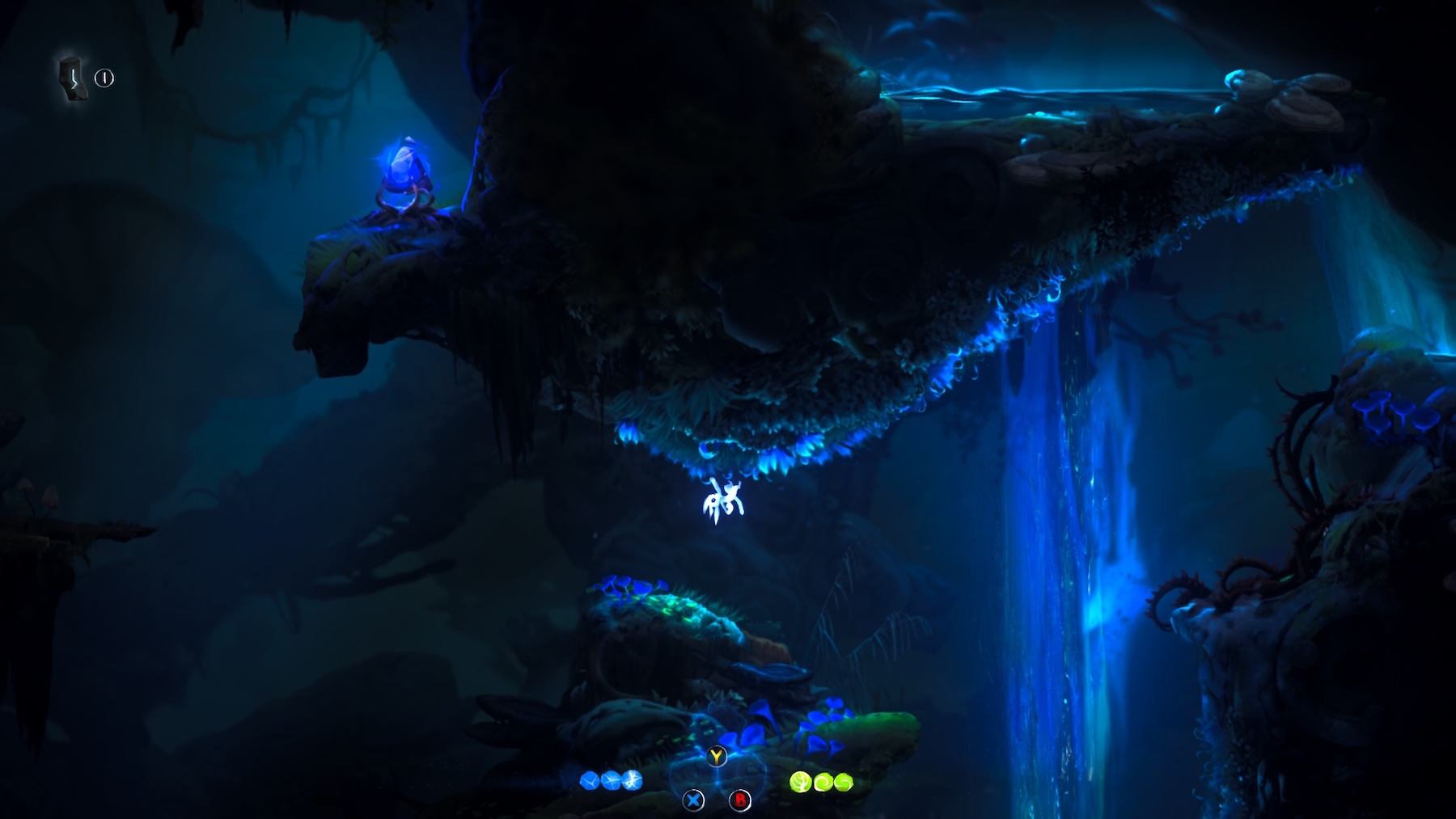
The disparity is even clearer in backward compatible games like Control. Due to the console’s small amount of RAM, Series S games are upgraded from their Xbox One S versions, rather than the much more powerful One X. Control (the backward compatible version, not the optimized Ultimate Edition) and many other multiplatform games run at less than 1080p on the One S, and unless they employ dynamic resolutions, they’ll look the same on the Series S.
By no means is this a game-breaking or console-ruining observation, but 4K gaming is becoming the norm, and one of Microsoft’s next-gen devices simply can’t cut it.
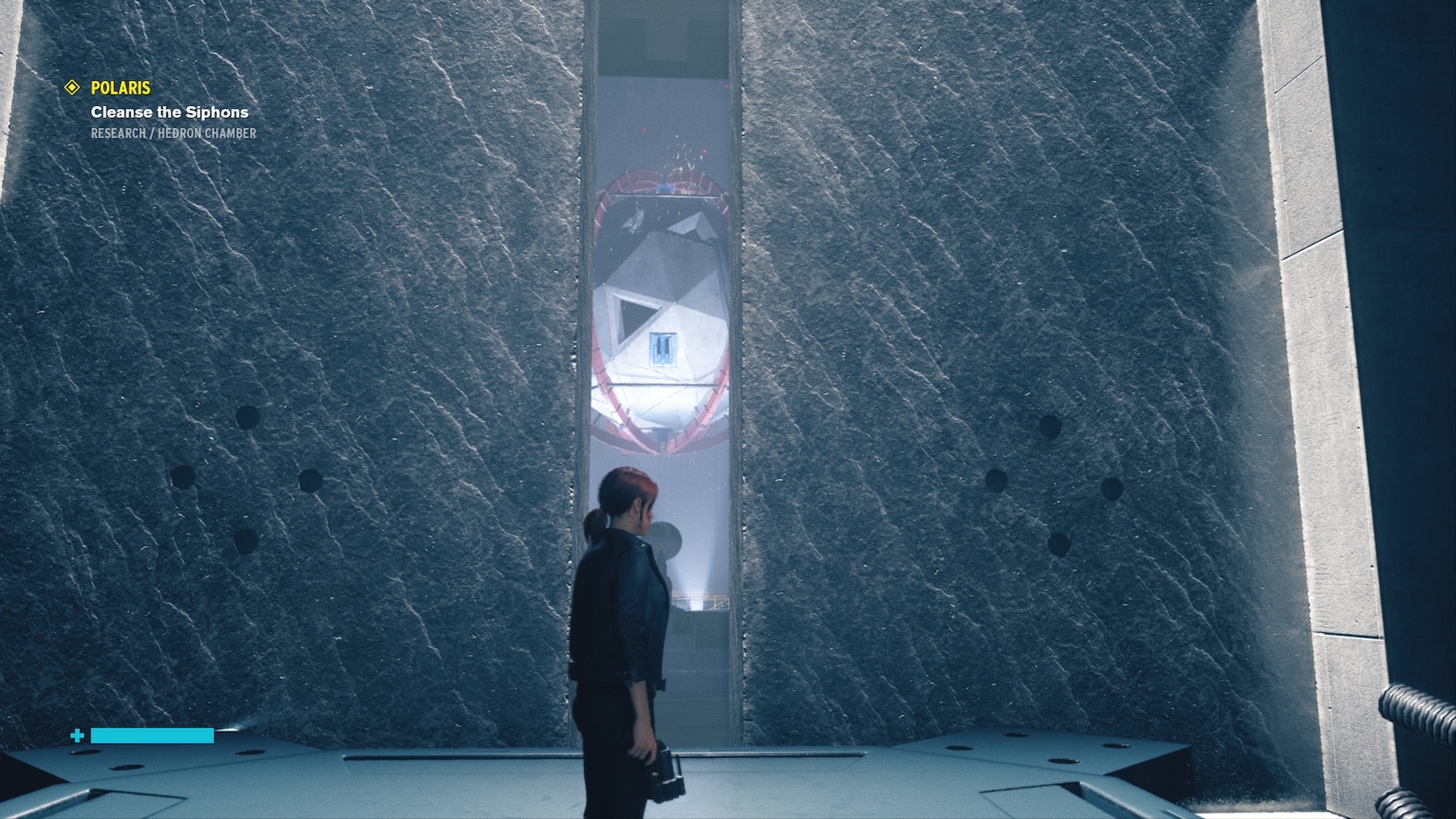
The Series S technically supports games at up to 120 fps, a factor that’s much more important than resolution in competitive play. But again, this isn’t going to apply to most games. Take Fortnite and Destiny 2, two of the most prominent games of the current generation, for example: They’re both targeting 1080p and 60 fps on the Series S. Forza Horizon 4, which maxes out at 30 fps on the standard Xbox One, is available at 60 fps on Series S. Gears 5 is one of the few games to push the box to its max framerate, offering multiplayer at 120 fps.
Even without 4K, the Series S supports incredibly smooth gameplay. Boosting the framerates of current- and past-generation titles is one of the clearest demonstrations of the technology packed inside this tiny console, and comparatively, they look and play like butter.
The Series S employs all the HDMI 2.1 tricks that the Series X does, automatically piping HDR, variable refresh rate and game-mode settings to supported televisions. It also has Quick Resume and faster load times for backward compatible titles, two features that make the new Xboxes sing.

Quick Resume allows players to cycle through a handful of games without having to close them down, essentially leaving them on pause in the system’s background. These games are even available via Quick Resume after a restart, meaning you can shut down the Series S, go to bed, wake up, turn the console on, and pick up your games from exactly where you left them, with no time wasted on loading screens. Quick Resume and faster load times are two factors that make the Series S feel like a next-gen console, despite its lack of 4K and middling storage space.
In my experience, most backward compatible games take 10 seconds or less between levels and fast-travel points, though conventional wisdom applies: The larger the world, the longer the load time. Titles like No Man’s Sky and Destiny 2 can still take nearly a minute to boot up a new area. The initial loading screen for Gears 5 is relatively long, too, taking about 35 seconds.
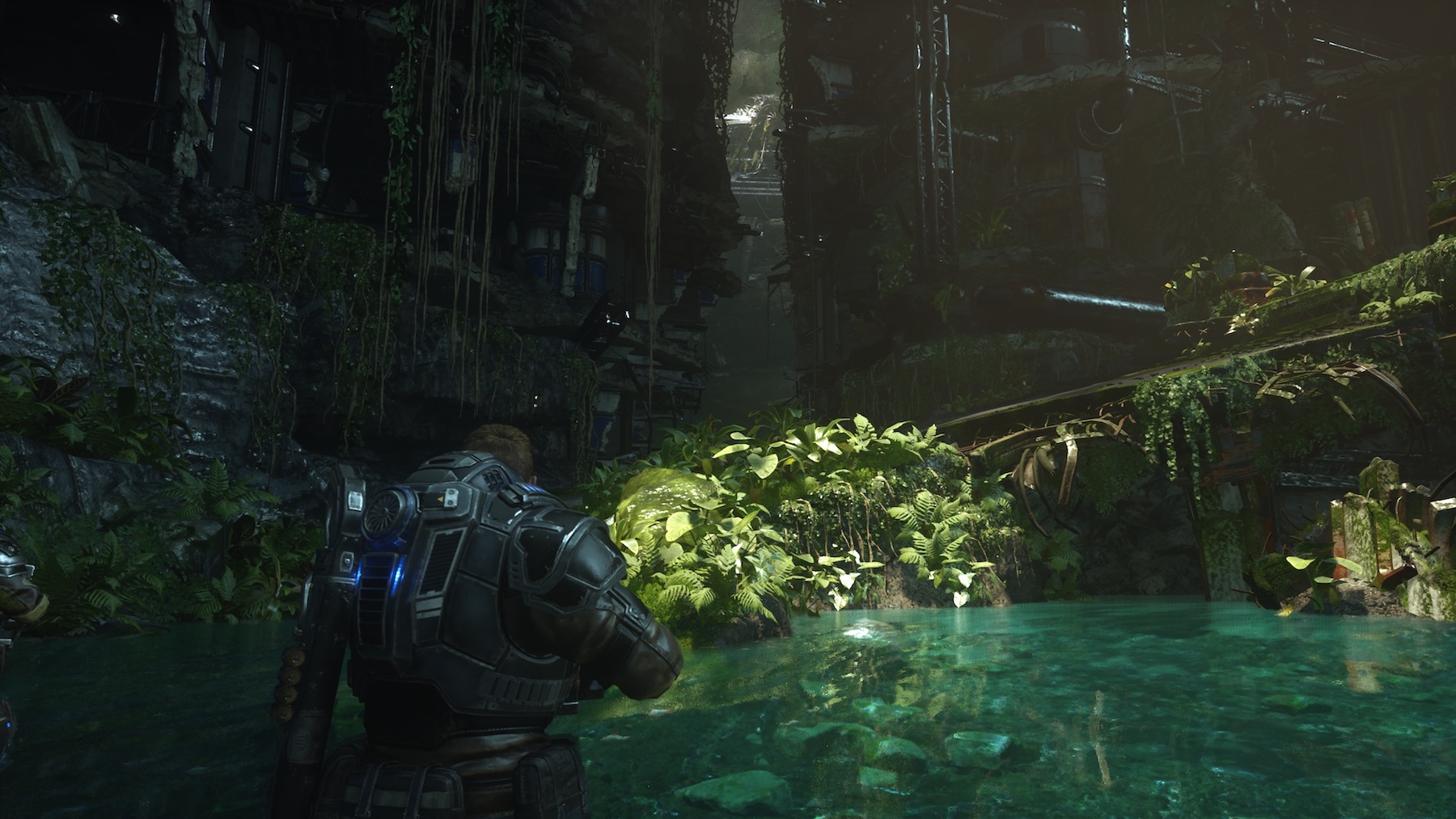
Side note: It’s really hard to die in the early stages of the Gears 5 campaign, even on Intermediate difficulty. In an effort to further test the game’s load times, I tried to orchestrate DJ’s demise through three waves of enemies, running into danger without fighting back. He fell to the ground nearly a dozen times, screen bloodied, but a teammate would revive him just before death each time, no matter how far ahead of the squad I positioned him. By the end of the third wave, though, I finally found a corner where DJ could die in peace. The loading screen popped up for just a second afterward, and then I was back in the game. That part, at least, was impressive.
In about a week with the Series S, I’ve run into one issue that required a hard restart. I was making dinner and watching The Vow on the console’s HBO Max app — which is trash, by the way — when the scene suddenly froze and my sound bar began droning, repeating a single syllable from the audio track. The gamepad was useless at this point, so I held the Xbox button on the front of the console and it shut down. Everything restarted just fine, and I haven’t had any similar issues. The HBO Max app, however, remains tragic.
I’m not sure what happened in this instance — the Series S was hardwired to my network and I wasn’t downloading anything in the background. It may be worth noting that my internal SSD was over 96 percent full.
As an all-digital, all-the-time console, the Series S is Microsoft’s play for the Game Pass Ultimate crowd, and it’s built to generate subscriptions in this digital ecosystem. Game Pass Ultimate unlocks a virtual library of more than 150 games, plus Xbox Live capabilities and access to xCloud, Microsoft’s game-streaming technology (which is powered by Azure, Microsoft’s incredibly profitable cloud network). All of this for just $15 a month, the same price as a Netflix subscription. There are more than 15 million Game Pass members in the wild today, and these subscriptions have been boosting Microsoft’s bottom line for a few quarters now. The new generation represents a chance to make Game Pass an even larger and more sustainable aspect of the Xbox business, and both the Series S and the Xbox app offer plenty of opportunities to sign up.
With its storage capacity limits, the Series S is also a chance to sell that $220 expansion card, raising the true price of the console to $520. That’s $20 more than the price of a Series X, and it doesn’t include 4K gameplay.
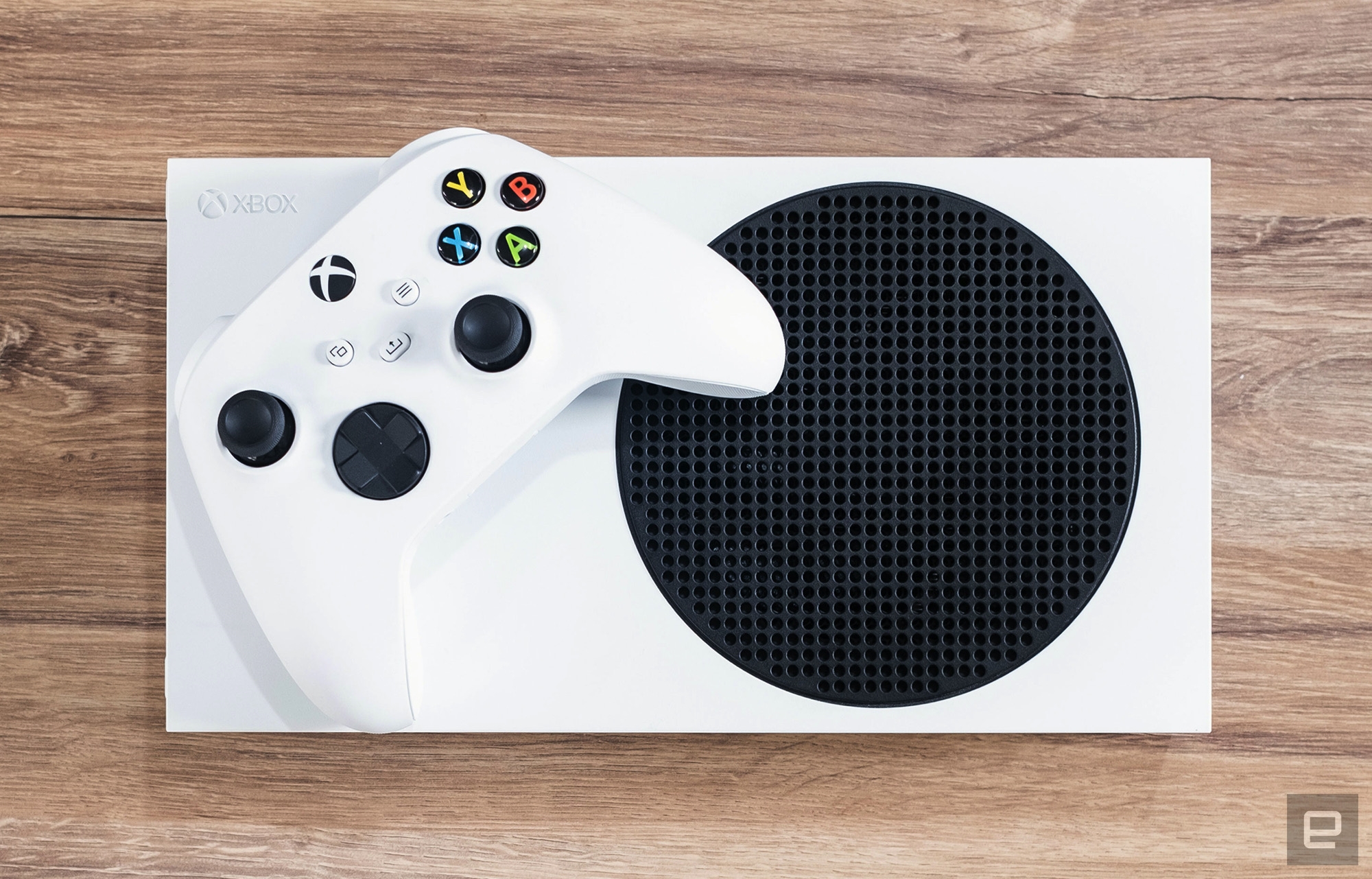
Wrap-up
This is the question at the heart of the new console generation: Do you buy the all-digital edition and save some cash up front, or drop a few extra hundred on a full-fat console with more storage space and power? If you’re eager to get your hands on a console with smoother framerates, rapid loading screens and Quick Resume, the Series S gets the job done. However, if you want a console with longevity, the Series X is a better choice in terms of technical fidelity, the inclusion of the disc drive and storage capacity.
Storage space is likely to become an issue for all Series S owners at some point, and games in the next gen are going to demand more power, not less. If it seems likely that you’ll have to splurge for that Seagate expansion card on the Series S, it just makes more sense to get the big boy with all that storage built-in.
Of course, if what you really care about is the cute factor, then the Series S is the only option.
(66)